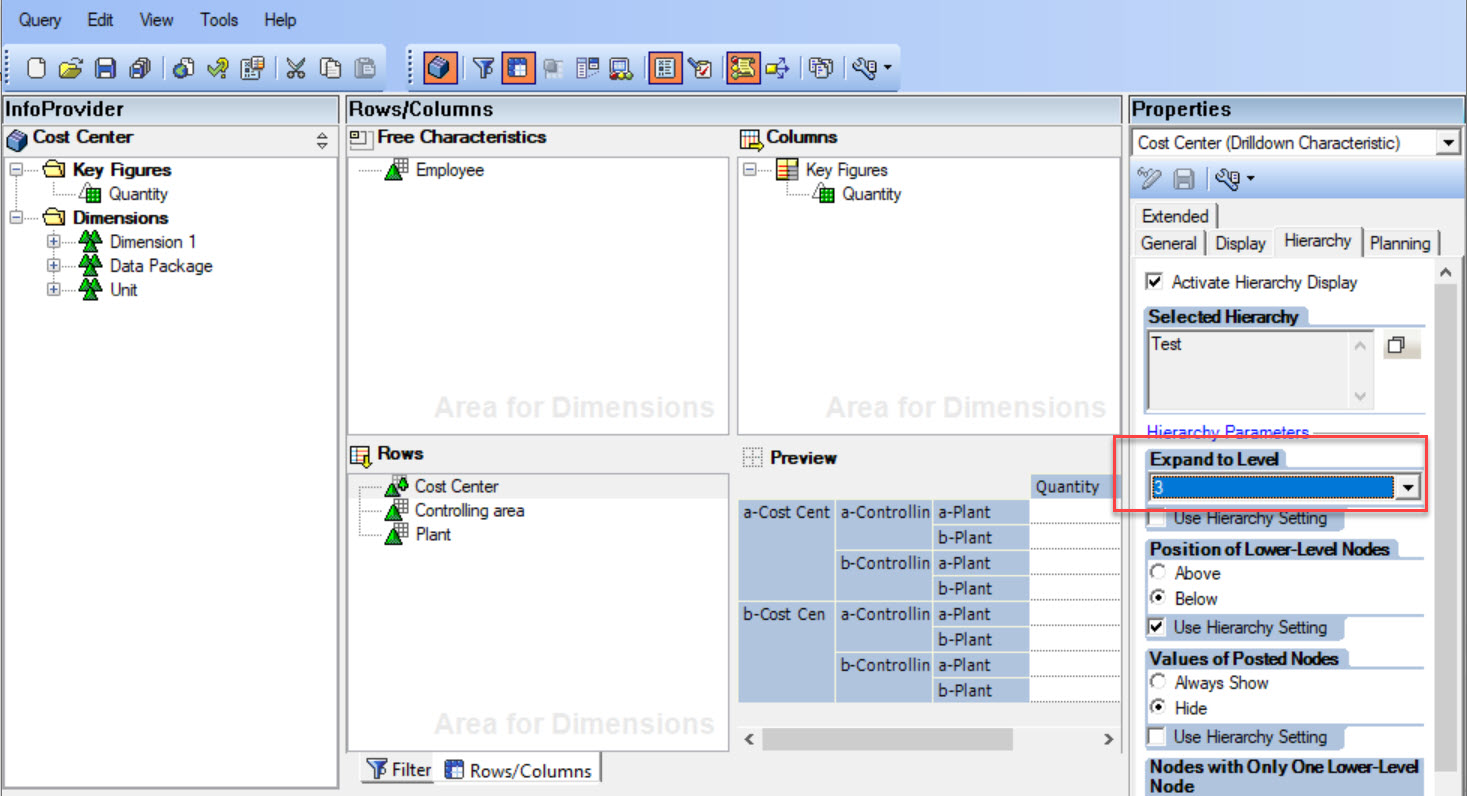
- SAP Community
- Products and Technology
- Technology
- Technology Blogs by SAP
- Performance tuning of SAP Analysis for Office repo...
Technology Blogs by SAP
Learn how to extend and personalize SAP applications. Follow the SAP technology blog for insights into SAP BTP, ABAP, SAP Analytics Cloud, SAP HANA, and more.
Turn on suggestions
Auto-suggest helps you quickly narrow down your search results by suggesting possible matches as you type.
Showing results for
former_member18
Explorer
Options
- Subscribe to RSS Feed
- Mark as New
- Mark as Read
- Bookmark
- Subscribe
- Printer Friendly Page
- Report Inappropriate Content
09-17-2019
7:35 PM
Background:
With many SAP customers moving their traditional BW landscape toward BW/4HANA.
Its becoming a need to move the traditional reports developed on top of "BEX Analyser" to "Analysis for Office - AO". (as Bex Analyser is not supported with BW/4HANA => Detailed_link ).
With this the user base on "Analysis for Office" is continuously increasing and thus its very important to tune the AO reports , in order to achieve the best performance.
Performance Tuning Recommendations:
Below are the list of performance tuning options available
Recommendation 1:
Designing AO reports which is in inline with BEX Queries
AO reports holds snapshots of the of the last viewed saved state. i.e. while viewing the AO reports, it tries to reach this snapshot.
However if there are hierarchies expanded or collapsed, then it would not hold the final state, but instead holds the steps performed to reach the final state. i.e. Time to view the AO report, is proportional to time involved to perform each of these additional steps
Thus its very important to understand how the end user would like to view their reports and design the generic BEX query accordingly.
Example 1 -
- If the AO report is collapsed by default as seen below

- With the following Expansion level in the Bex query.

- Then while viewing the AO report and recording its traces via transaction RSRT , the following calls are observed

Example 2 -
If the same AO report is expanded (by two levels) from its base collapsed version and then saved it(as seen below)
- Base view:

- Base view, followed by expanding the node to level 2

- Continuing this expansion to level 3 and then saved the report.

- Then each expand would lead to an extra call in the back end , as observed in the captured RSRT trace (while viewing this new report)

These extra highlighted calls, could lead to increased time in viewing the report and could lead to poor performance.
Example 3 -
These extra calls could be avoided, by Pre-defining the expansion level(from level 1 to level 3) in the backend Bex query as follows
- Increase the Bex query "expansion level" from 1 to 3

- Once done, a new AO workbook needs to be created (by importing the updated Bex query), whose landing page are expanded by default.

- Now while viewing this report, a corresponding RSRT trace is captured. Which shows that, the extra calls are not appearing any more(due to expanded queries in the back end).

- Thus we could achieve better performance, while generating the same output as shown in example 2.
NOTE:
The sample examples that was taken for reference in this example, had very less sample data. The factor of performance difference between Example 2 and Example 3 could increase, with the amount of data sets retrieved.
Further recommendations are available in my followup PART 2 section below:
https://blogs.sap.com/2019/09/18/performance-tuning-of-sap-analysis-for-office-reports-part-2/
Labels:
1 Comment
You must be a registered user to add a comment. If you've already registered, sign in. Otherwise, register and sign in.
Labels in this area
-
ABAP CDS Views - CDC (Change Data Capture)
2 -
AI
1 -
Analyze Workload Data
1 -
BTP
1 -
Business and IT Integration
2 -
Business application stu
1 -
Business Technology Platform
1 -
Business Trends
1,661 -
Business Trends
88 -
CAP
1 -
cf
1 -
Cloud Foundry
1 -
Confluent
1 -
Customer COE Basics and Fundamentals
1 -
Customer COE Latest and Greatest
3 -
Customer Data Browser app
1 -
Data Analysis Tool
1 -
data migration
1 -
data transfer
1 -
Datasphere
2 -
Event Information
1,400 -
Event Information
65 -
Expert
1 -
Expert Insights
178 -
Expert Insights
280 -
General
1 -
Google cloud
1 -
Google Next'24
1 -
Kafka
1 -
Life at SAP
784 -
Life at SAP
11 -
Migrate your Data App
1 -
MTA
1 -
Network Performance Analysis
1 -
NodeJS
1 -
PDF
1 -
POC
1 -
Product Updates
4,577 -
Product Updates
330 -
Replication Flow
1 -
RisewithSAP
1 -
SAP BTP
1 -
SAP BTP Cloud Foundry
1 -
SAP Cloud ALM
1 -
SAP Cloud Application Programming Model
1 -
SAP Datasphere
2 -
SAP S4HANA Cloud
1 -
SAP S4HANA Migration Cockpit
1 -
Technology Updates
6,886 -
Technology Updates
408 -
Workload Fluctuations
1
Related Content
- Analyze Expensive ABAP Workload in the Cloud with Work Process Sampling in Technology Blogs by SAP
- Introducing Blog Series of SAP Signavio Process Insights, discovery edition – An in-depth exploratio in Technology Blogs by SAP
- how to add values to the SAP ANALYSIS FOR OFFICE REPORT in Technology Q&A
- Unify your process and task mining insights: How SAP UEM by Knoa integrates with SAP Signavio in Technology Blogs by SAP
- SAP HANA Cloud Vector Engine: Quick FAQ Reference in Technology Blogs by SAP
Top kudoed authors
| User | Count |
|---|---|
| 13 | |
| 11 | |
| 10 | |
| 9 | |
| 9 | |
| 7 | |
| 6 | |
| 5 | |
| 5 | |
| 5 |